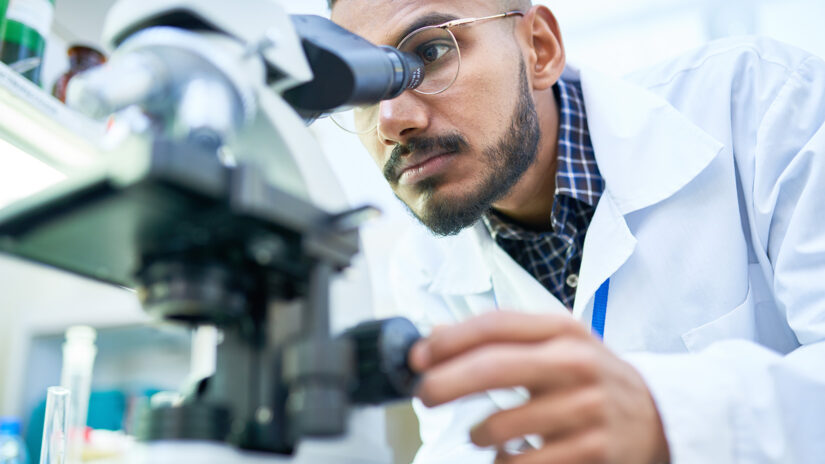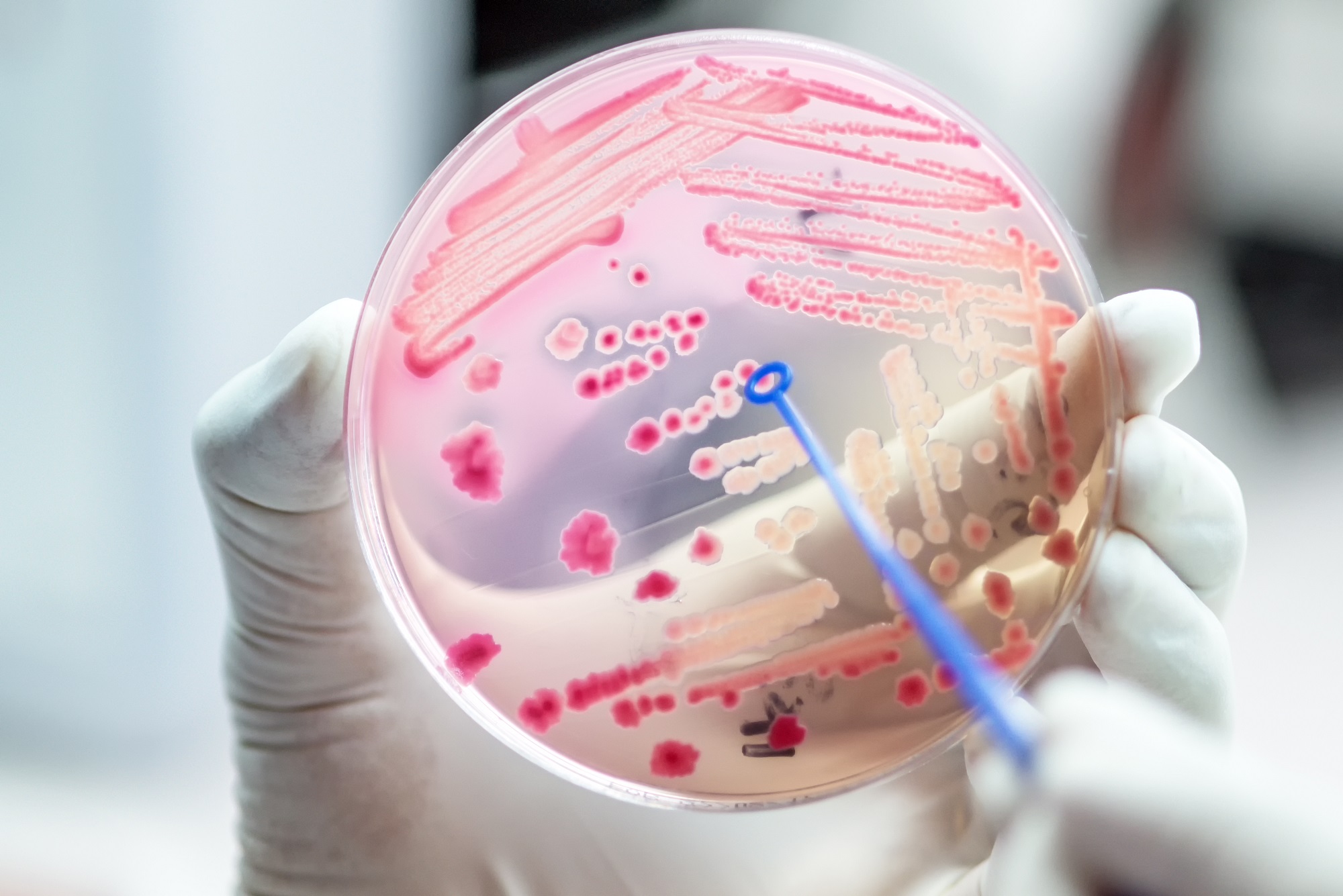Rebuilding momentum on antibiotics research, giving innovators a chance to pull through

The pace of resistance to existing antibiotics is outpacing the rate at which new ones can reach the market and be used against difficult-to-treat infections.
According to the WHO, on average, resistance is reported to most new agents two to three years post-market entry.
Difficult environment to develop antibiotics
Research into new antibiotics is a long-haul journey: it takes 10–15 years to progress an antibiotic candidate from the preclinical to the clinical stages. For antibiotics in existing classes, on average, only one of every 15 drugs in preclinical development will reach patients. For new classes of antibiotics, only one in 30 candidates will reach patients. And even many that reached the market in the last decade continued to face existential challenges.
There is a clear lack of funding for antibiotic R&D, particularly in the later and more resource-intensive stages. Tweet this
Sustaining research in this space requires patience, but more importantly, it requires financial resources and incentives. And that’s what most scientists and investors from big and small companies alike are calling for.
Sustained funding required
There is a clear lack of funding for antibiotic R&D, particularly in the later and more resource-intensive stages. Many have taken on a mission to tackle the scientific barriers, but few have managed to stay afloat despite having a successful product.
That’s the paradox with antibiotics: They need to be used appropriately to preserve their effectiveness and slow the development of resistance. Therefore, new antibiotics would be used only rarely, but we still need them to be available when nothing else works.
Need for policy reforms
The biopharmaceutical industry stepped in to provide relief through the creation of the AMR Action Fund — a USD 1 billion fund aiming to bring to market two to four new antibiotics by 2030.
But the Fund is a band-aid solution — we need an urgent, larger overhaul of how the antibiotic R&D ecosystem is stimulated. The most impactful solution lies in so-called ‘pull incentives,’ and it’s encouraging to see more political momentum build up. Several countries are piloting or considering different policy reforms and rethinking the value new antibiotics bring to society. Eyes are turned towards the US and the discussions on the PASTEUR Act. There is potential for a sea change at a global level. As attention turns towards the next UN high-level meeting on AMR in 2024, we need to set an expectation for all leading countries to implement impactful reforms of their own.
This article was first featured in a special Media Planet supplement on Antimicrobial Resistance, distributed in print with The Guardian. The full supplement can be accessed here.
Downloads
Author




